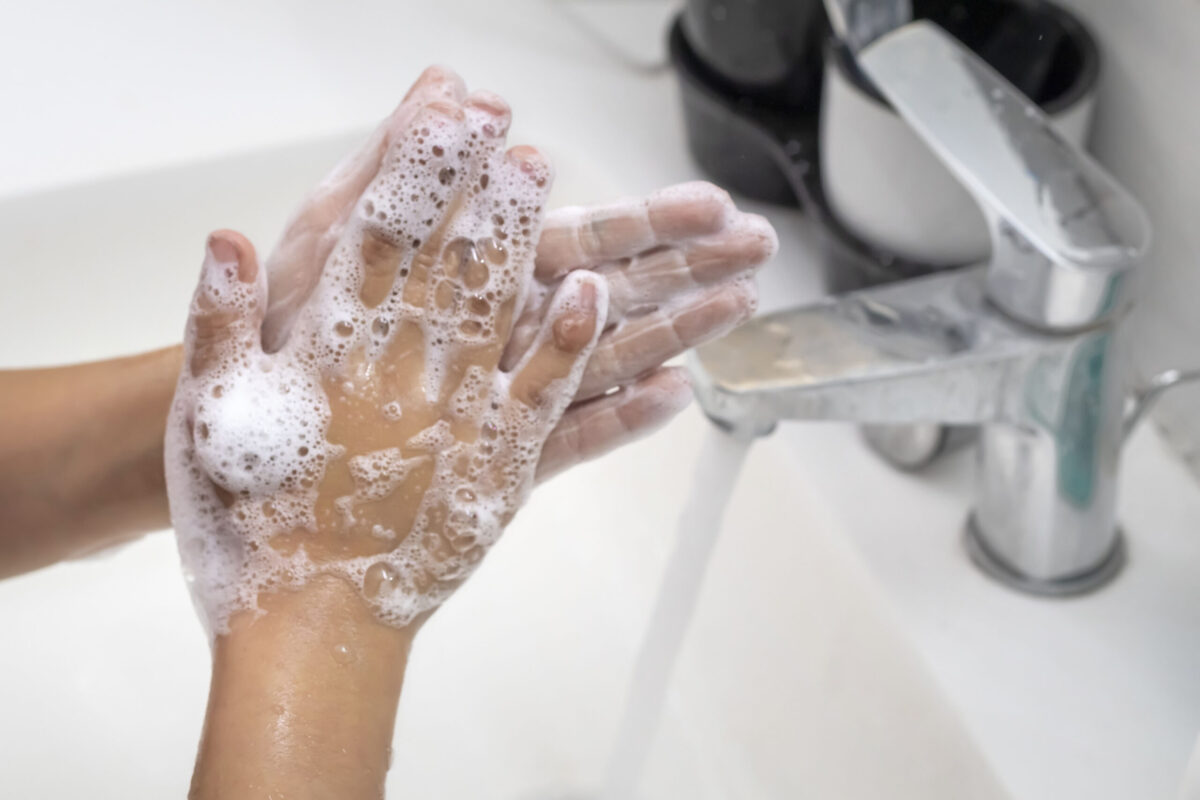Did you know that if everyone routinely washed their hands, a million deaths a year could be prevented?
That’s what researchers in London found — and that was before COVID-19, which made handwashing even more crucial to our health as a community.
Now more than ever, handwashing is a critical weapon in the fight against COVID-19, says Dr. Andrea Willis, chief medical officer at BlueCross BlueShield of Tennessee.
“Wash your hands or use hand sanitizer when soap and water aren’t available,” she reminds us. “Stay at home as much as you can. Don’t spend time indoors with people you don’t live with. Wear a mask if you go out in public. None of these steps are totally effective on their own, but they all add up.”
Handwashing not only helps fight COVID-19, but also infections like influenza that affect us every year. Here are some key facts about handwashing, and what you need to know to do it right.
10 facts about handwashing
- Handwashing is the simplest, most effective way to protect against many illnesses.
- Many diseases are spread solely by germs that could be killed by washing hands with soap and clean, running water.
- 97% of Americans don’t wash their hands properly.
- The most common mistakes people make when washing their hands are not using soap and water, not washing for 20 seconds and not getting their hands wet.
- Hand sanitizer isn’t as effective as handwashing, but it is effective — if you use a sanitizer that contains at least 60% alcohol.
- Lather is a key reason soap and water are the best way to wash your hands. A good lather forms pockets called micelles that trap and remove germs, chemicals and dirt. Wetting your hands with clean water first helps you get a better lather.
- Bar and liquid soap work equally well to remove germs.
- 20 seconds is the minimum length you need to wash your hands to kill germs.
- Warm and cold water remove the same number of germs from your hands.
- If you don’t have hand sanitizer or soap, wash your hands with water. Rubbing them together under clean, running water will rinse some germs from your hands, even though it’s not as effective as washing with soap.
How to wash your hands properly
- Wet your hands with clean, running water (warm or cold). Turn off the tap. Apply soap.
- Lather your hands, including the backs, in between fingers and under nails.
- Scrub your hands for at least 20 seconds, aka the amount of time it takes to hum, “Happy Birthday” twice.
- Rinse your hands well under clean, running water.
- Dry your hands using a clean towel or air dry them.
5 key things to know about washing your hands
Get more information about specific health terms, topics and conditions to better manage your health on bcbst.com. BlueCross BlueShield of Tennessee members can access wellness-related discounts on fitness products, gym memberships, healthy eating and more through Blue365®. BCBST members can also find tools and resources to help improve health and well-being by logging into BlueAccess and going to the Managing Your Health tab.


